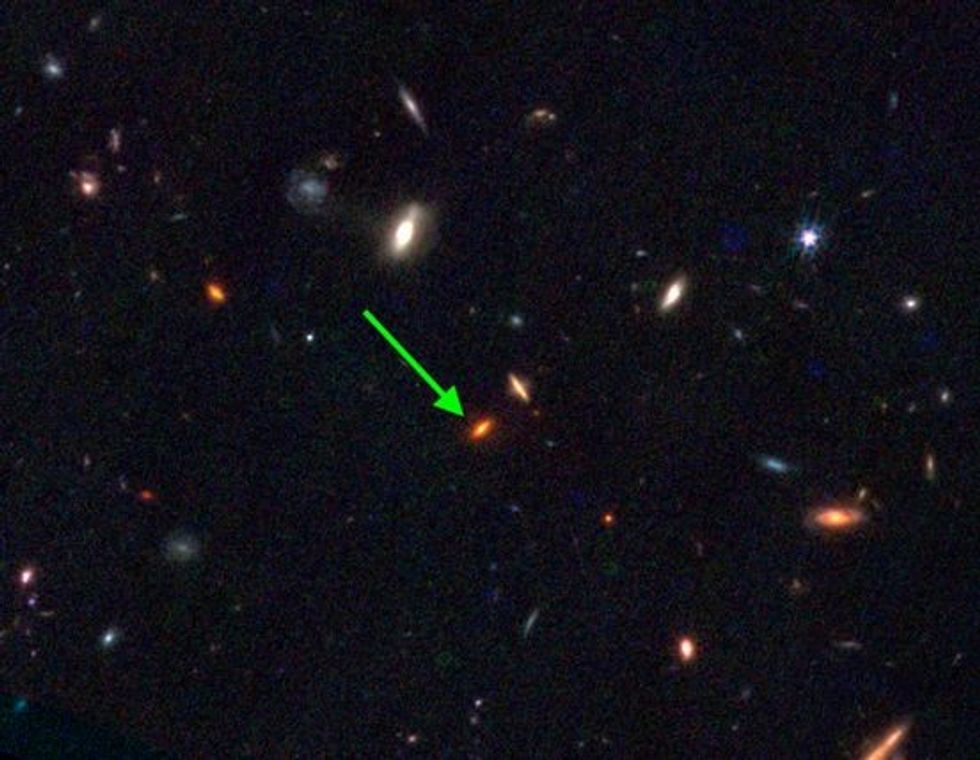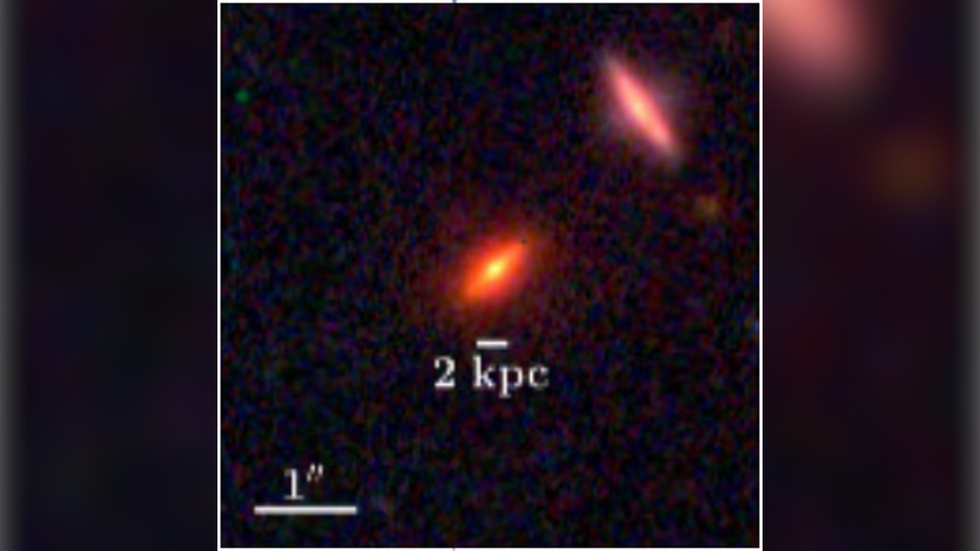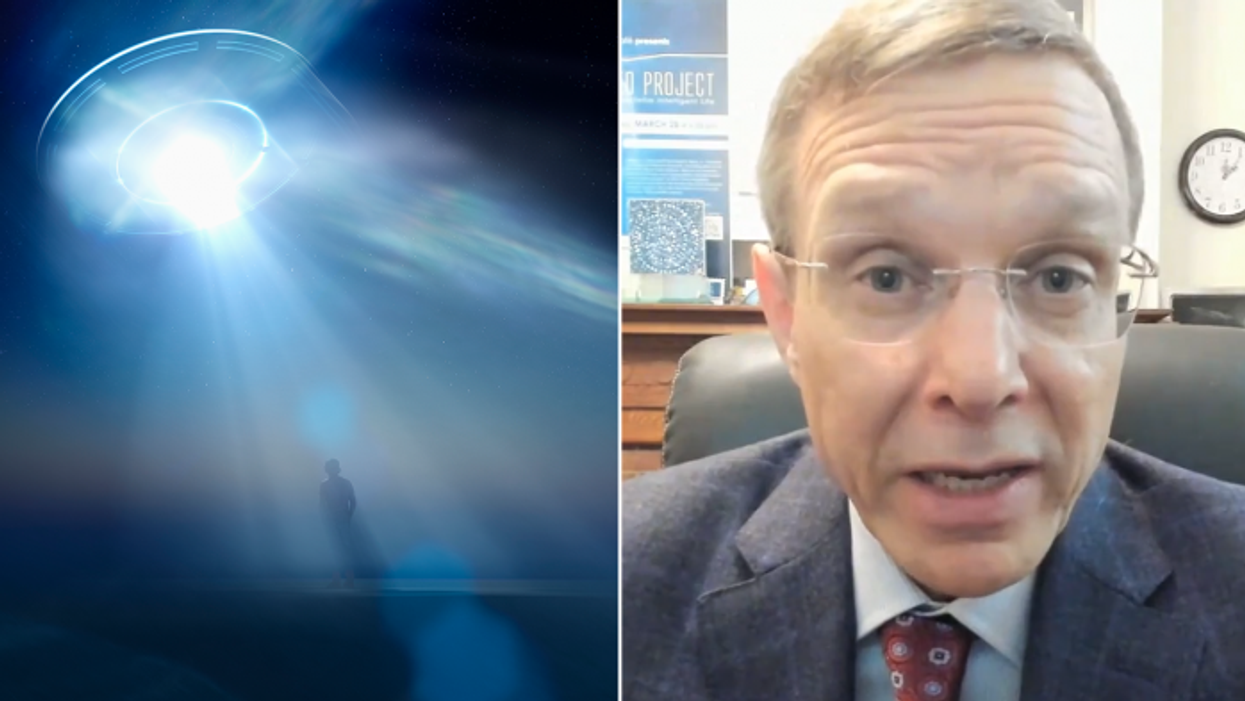Space mystery: James Webb Telescope captures impossible Milky Way-like Galaxy that 'shouldn't exist'

The findings could ‘completely upend our understanding of how galaxies form’
Don't Miss
Most Read
Latest
A “massive” ancient galaxy which “should not exist” has been spotted at the edge of the universe after a seven-year hunt by a team of astronomers.
The galaxy – named ZF-UDS-7329 – was formed around 13 billion years ago, but scientists had been unable to track it down using earth-based technology.
Luckily, the launch of the James Webb Space Telescope (JWST) in 2021 meant the team could finally get a hold of the galaxy and study it in closer detail.
ZF-UDS-7329 was studied by an international research team, led by Distinguished Professor Karl Glazebrook from Melbourne’s Swinburne University of Technology.

The JWST meant scientists could get close enough to study the galaxy
|JWST
It is a ‘quiescent galaxy’ – ie, one with no or very little star formation at the time of observation.
The galaxy is 2 kiloparsecs across – that’s 6,530 light-years, a mere fraction of the size of the Milky Way, but it contains more than four times the mass of the stars in our galaxy.
The results of the study could “completely upend our understanding of how galaxies form and the nature of dark matter”, a statement read.
Prof Glazebrook said: “We’ve been chasing this particular galaxy for seven years and spent hours observing it with the two largest telescopes on earth to figure out how old it was.
LATEST DEVELOPMENTS:

The galaxy was "too red and too faint" to be measured on earth, but measures thousands of light-years across
|JWST
“But it was too red and too faint, and we couldn’t measure it. In the end, we had to go off earth and use the JWST to confirm its nature.
“This was very much a team effort, from the infrared sky surveys we started in 2010 that led to us identifying this galaxy as unusual, to our many hours on the Keck and Very Large Telescope where we tried, but failed to confirm it, until finally the last year where we spent enormous effort figuring out how to process the JWST data and analyse this spectrum.”
He said the study could be a “new opening” for how we understand dark matter, and that finding more like ZF-UDS-7329 could “really upset our ideas of galaxy formation”.
Dark matter is still a hypothetical substance, which Nasa says scientists “are still trying to figure out” – but researchers know it has mass, takes up space, and “affects and shapes the cosmos”.
Dr Themiya Nanayakkara, who led the spectral analysis of the JWST data, said: “We are now going beyond what was possible to confirm the oldest massive quiescent monsters that exist deep in the Universe.”
“This pushes the boundaries of our current understanding of how galaxies form and evolve. The key question now is how they form so fast very early in the Universe and what mysterious mechanisms leads to stopping them forming stars abruptly when the rest of the Universe doing so.”
The current understanding of how galaxies form “underpins modern astrophysics” and predicts a drop-off in the number of galaxies that were born shortly after the Big Bang.
But massive quiescent galaxies like this one have been seen as early as one to two billion years after the event, which “challenges previous theoretical models”.











